关于驯鹿的5个令人惊讶的事实
Reindeer are known around the world as the fictional sidekicks of Santa Claus, but in polar and mountainous regions, they are very much real and sometimes abundant. Also often called caribou, this species of deer can be found in the Arctic tundra as well as the boreal forests of northern Europe, Canada, and Alaska. Characterized by their long legs, antlers, and crescent-shaped hooves, they exist in two varieties: tundra reindeer, which migrate thousands of miles seasonally in groups of up to half a million, and forest reindeer, which remain in the woodlands year-round.
驯鹿在世界各地都被认为是圣诞老人虚构的伙伴,但在极地和山区,它们非常真实,有时还非常丰富。也常被称为北美驯鹿,这种鹿可以在北极苔原以及北欧、加拿大和阿拉斯加的北方森林中找到。它们的特征是长腿、鹿角和月形蹄子,它们有两种类型:一种是苔原驯鹿,它们季节性成群迁徙数千英里,最多可达50万;另一种是森林驯鹿,它们全年都呆在林地里。
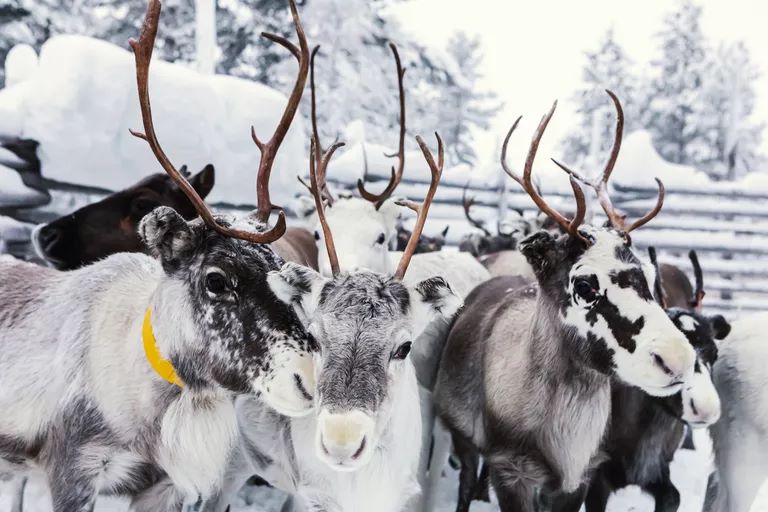
Westend61 / Getty Images
Outside of folk tales and holiday movies, not much is commonly known about the species. While they may not be able to fly in real life, they can, indeed, swim — and see ultraviolet light, among other talents. Discover what makes these majestic creatures so interesting.
除了民间故事和节日电影之外,人们对这个物种知之甚少。虽然它们在现实生活中可能无法飞起来,但它们确实会游泳,还能看到紫外线。看看是什么让这些宏伟的生物如此有趣。
1. Reindeer and Caribou Might Not Actually Be the Same Thing
驯鹿和北美驯鹿可能不是同一种动物
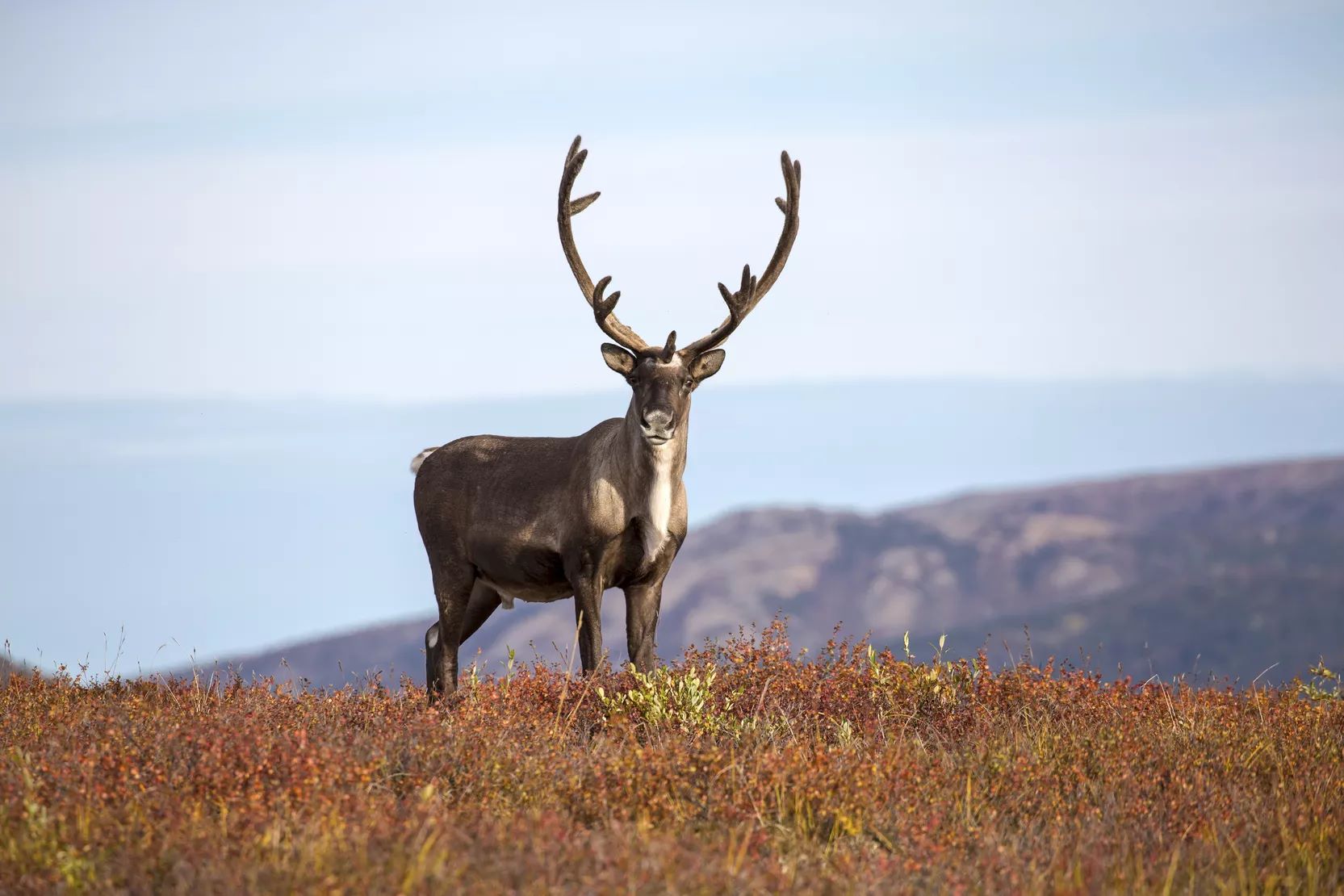
Daniel A. Leifheit / Getty Images
Although the names are frequently used interchangeably, opinions differ on whether reindeer and caribou are, in fact, one and the same. A genetic mapping published in Nature Climate Change regarding the species Rangifer tarandus (the scientific name for both) shows the migration pattern of these mammals over the last 21,000 years. It claims that reindeer and caribou are different animals — the former inhabiting northern Europe and Asia and the latter North America — albeit closely related cousins. Don Moore, a wildlife biologist for the Smithsonian Conservation Biology Institute, has described reindeer as a “mostly domesticated race of caribou."
尽管这两个名字经常互换使用,但对于事实上驯鹿和北美驯鹿是否是同一种动物,人们意见不一。发表在《自然气候变化》杂志上的一份关于Rangifer tarandus(两者的学名)物种的基因图谱显示了这些哺乳动物在过去21000年里的迁移模式。报告称,驯鹿和北美驯鹿是不同的动物——前者居住在北欧和亚洲,后者居住在北美——尽管它们是近亲。唐·摩尔是史密森保护生物学研究所的野生生物学家,他将驯鹿描述为“一种主要被驯化的驯鹿种族”。
2. Their Hooves Change With the Seasons
它们的蹄子随季节变化
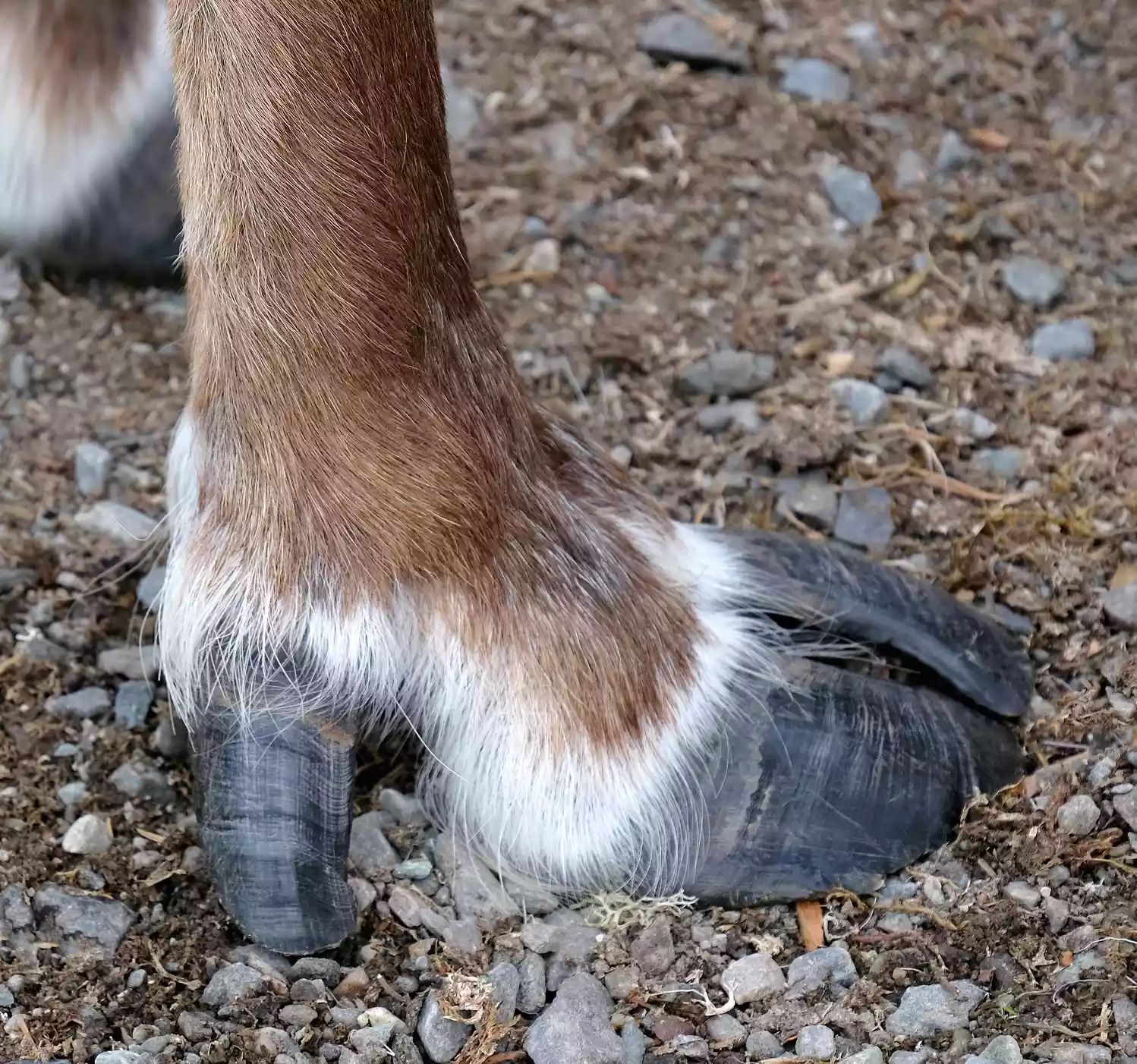
Sandra Leidholdt / Getty Images
Because they tend to reside in harsh environments, reindeer undergo a number of physical transformations when the seasons change. During winter, their footpads shrink and tighten, the World Animal Foundation says, exposing the hoof rim so it can cut into ice and snow for traction. In the summer, those pads become sponge-like, ideal for getting around on the soft tundra.
由于它们往往生活在恶劣的环境中,驯鹿会在季节变化时经历一系列的物理变化。世界动物基金会说,在冬天,它们的脚垫会收缩收紧,露出蹄缘,这样就可以在冰雪中切割以获得牵引力。到了夏天,这些垫子变得像海绵一样,非常适合在柔软的苔原上走动。
3. Females Have Antlers, Too
雌性也有鹿角
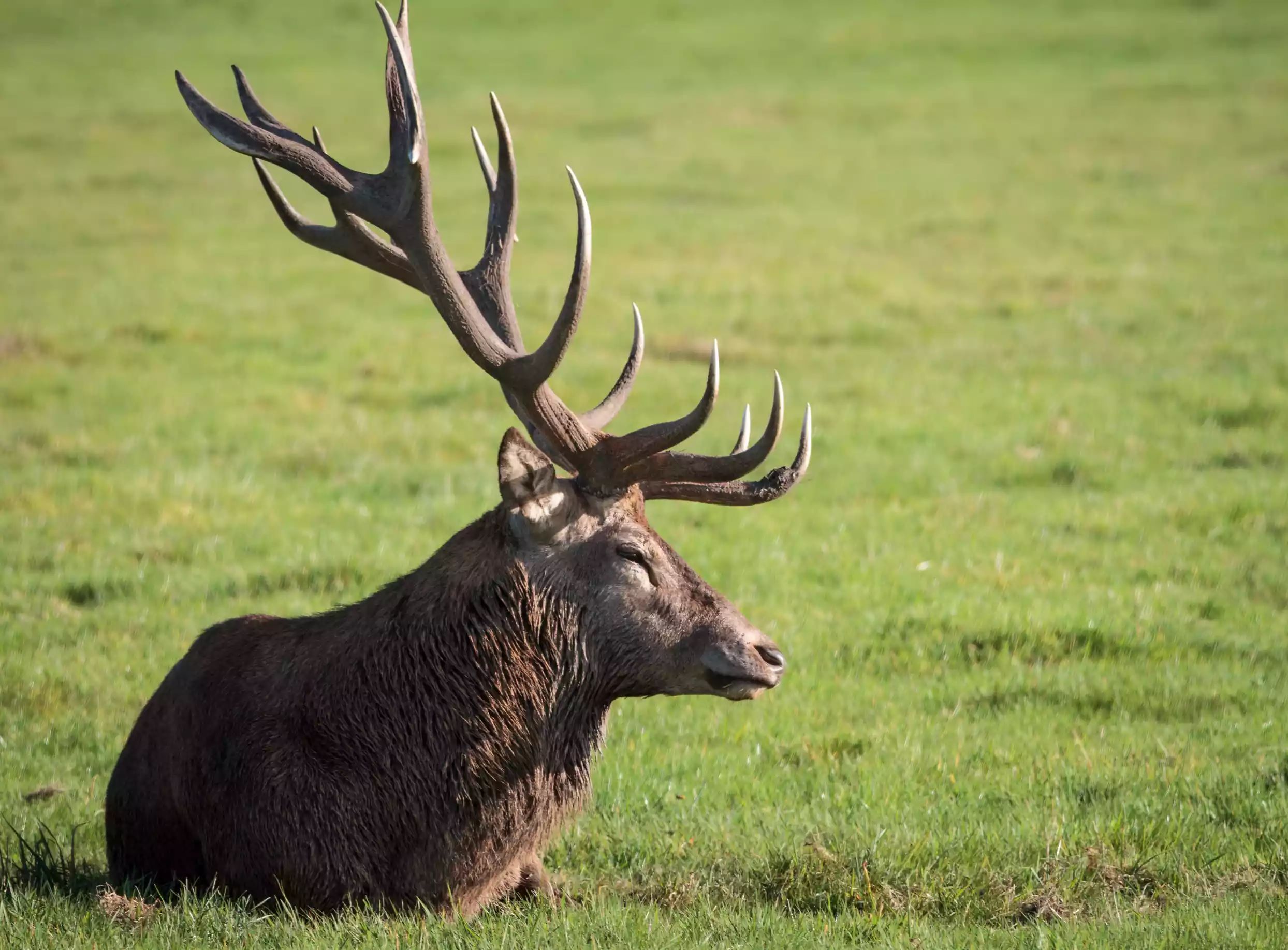
Andy Price / Getty Images
Unique among the more than 45 species of deer, both females and males grow antlers. The males use theirs primarily to battle for females whereas the females use theirs primarily to defend for food. Males' get up to about 50 inches long while females' can reach up to 20 inches, according to the San Diego Zoo. Males shed theirs in late fall or early winter, after the rut, but because females are often pregnant during winter and need to defend their food during pregnancy, they retain theirs until spring.
在超过45种的鹿中,雌性和雄性都长鹿角,这是独一无二的。雄性主要用它们来争夺雌性而雌性主要用它们来保卫食物。根据圣地亚哥动物园的说法,雄性可以达到50英寸长,而雌性可以达到20英寸长。雄性在发情期后的晚秋或初冬蜕皮,但由于雌性通常在冬季怀孕,需要在怀孕期间保护食物,所以它们保留它们的食物直到春天。
4. Their Hair Is Hollow
它们的毛发是中空的
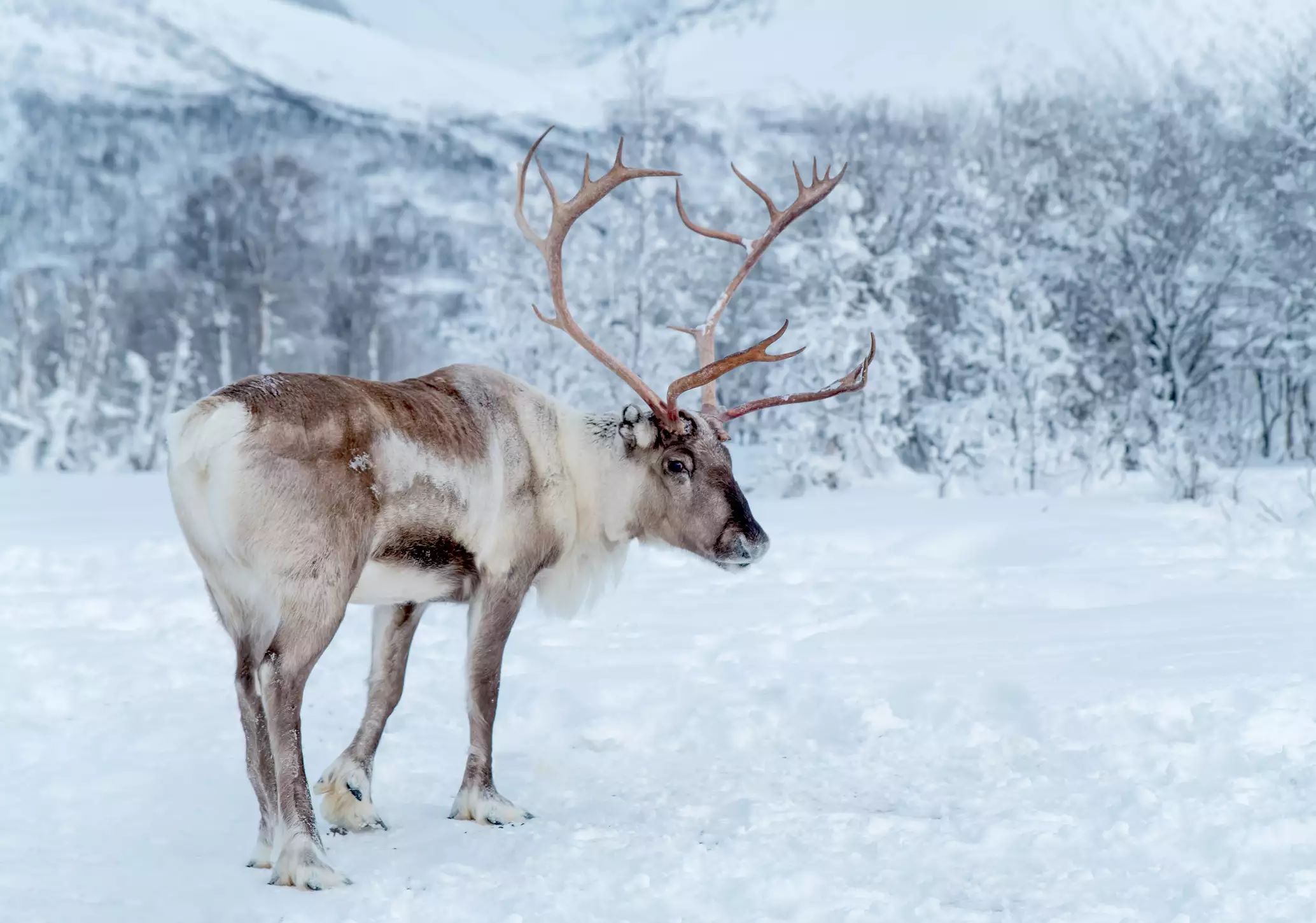
RelaxFoto.de / Getty Images
The denser the better when it comes to fur coats in the Arctic, one would think. However, while reindeer do have thick, wooly undercoats, their top layer consists of longer, tubular hairs. The hollow shafts allow the hairs to trap air, providing insulation to keep the animals warm in frigid environments. The hollowness of their coats is also what gives them their white color.
人们会认为,在北极,毛皮的密度越大越好。然而,虽然驯鹿的内毛很厚,毛茸茸的,但它们的表层是较长的管状毛。这些中空的杆状毛发能够阻隔空气,为动物在寒冷的环境中保暖。中空的皮毛也是它们白色的原因。
5. They Can’t Fly, but They Can Swim
它们不会飞,但它们会游泳

Mark Newman / Getty Images
They can often be found crossing the vast Yukon River — the third longest in North America, a half mile wide in parts — mid-migration. They swim strongly across these rough and wide rivers and can swim three times faster than the average human at up to 6 mph — which happens to be Michael Phelps's top speed, too. According to the National Park Service, calves just a couple months old have been documented swimming between islands that are a mile and a half apart.
在迁徙过程中,它们经常穿越广阔的育空河。育空河是北美第三大河,部分河面有半英里宽。它们在这些湍急而宽阔的河流中游刃有力,游得比普通鹿快三倍,最高可达每小时6英里——这也恰好是迈克尔·菲尔普斯的最高速度。据国家公园管理局称,据记录,只有几个月大的幼鲸在相距一英里半的岛屿之间游泳。







